A Monumental Roman Bath Complex
The Megali Porta thermae, or Great Gate Baths of ancient Gortyn, was a monumental bath complex located at the southern boundary of the ancient city of Gortyn, Crete. Constructed during the Hadrianic period (2nd century AD), it was the largest building in the town, showcasing the grandeur and importance of Roman bathing culture in the provincial capital.
Location and Context
The Megali Porta thermae was strategically situated at the southern edge of Gortyn, in a block of Sector V. This location, at the city’s boundary, suggests its role as a prominent landmark and a gateway to the urban center. The complex’s proximity to the main road leading south from Gortyn further emphasizes its accessibility and visibility to both residents and visitors.
Construction and Architectural Features
The Megali Porta thermae was a massive structure, reflecting the Roman emphasis on public architecture and its role in showcasing imperial power and prestige. The complex likely included various bathing facilities, such as hot and cold rooms, a palaestra (exercise area), and possibly even a natatio (swimming pool). The baths were likely adorned with mosaics, frescoes, and other decorative elements, creating a luxurious and inviting environment for bathers.
Twin Temple Buildings
In addition to the bath complex, the Megali Porta area also featured two twin temple buildings. These structures, possibly dedicated to Roman deities or imperial cult figures, further enhanced the monumental character of the site and its significance as a religious and cultural center. The presence of the temples alongside the baths highlights the interconnectedness of religious and social activities in Roman Gortyn.
Historical Significance
The Megali Porta thermae played a crucial role in the social and cultural life of Roman Gortyn. Public baths were not only places for hygiene and relaxation but also served as important social hubs where people gathered to exercise, conduct business, and engage in intellectual discussions. The baths’ monumental scale and elaborate decoration also served as a symbol of Roman power and influence, showcasing the empire’s technological advancements and cultural achievements.
The twin temple buildings further underscore the site’s importance as a religious and cultural center. The temples’ presence alongside the baths suggests a deliberate connection between the secular and sacred spheres of Roman life, reflecting the complex and multifaceted nature of Roman religion.
Archaeological Site: Key Points
- Construction Period: Hadrianic period (2nd century AD)
- Location: Southern boundary of Gortyn, in a block of Sector V
- Dimensions: The largest building in Gortyn, with the bath complex and twin temples covering a significant area
- Historical Significance: A major public bath complex and religious center in Roman Gortyn, reflecting the importance of bathing culture and the integration of Roman religious practices into the city’s landscape
- Current Status: The ruins of the Megali Porta thermae and the twin temples are preserved at the archaeological site of Gortyna, offering visitors a glimpse into the grandeur and complexity of Roman urban life.References
- Lippolis, Enzo. 2016. “Roman Gortyn: from Greek polis to provincial capital.” In Roman Crete: New Perspectives, edited by Jane E. Francis and Anna Kouremenos, 155-174. Oxford & Philadelphia: Oxbow Books.














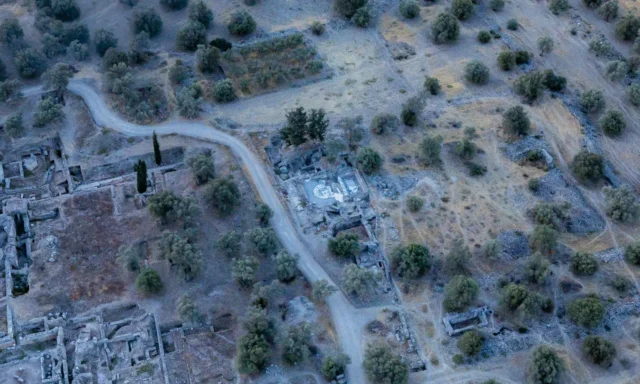

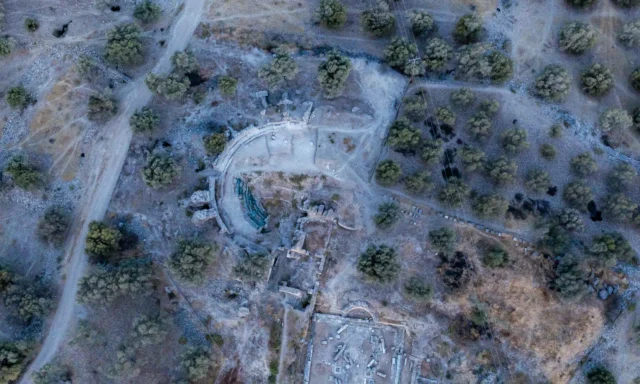

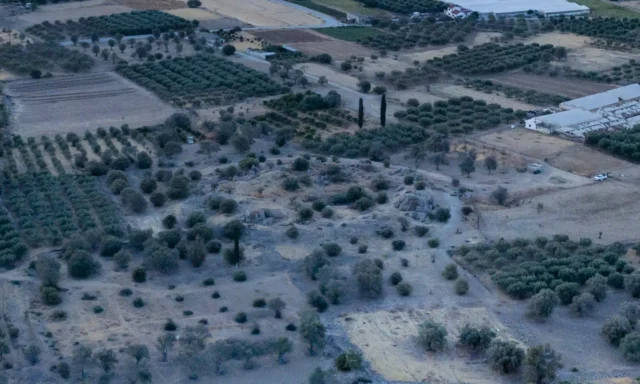
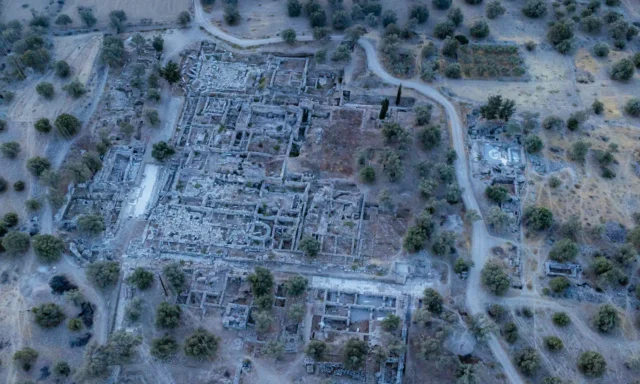
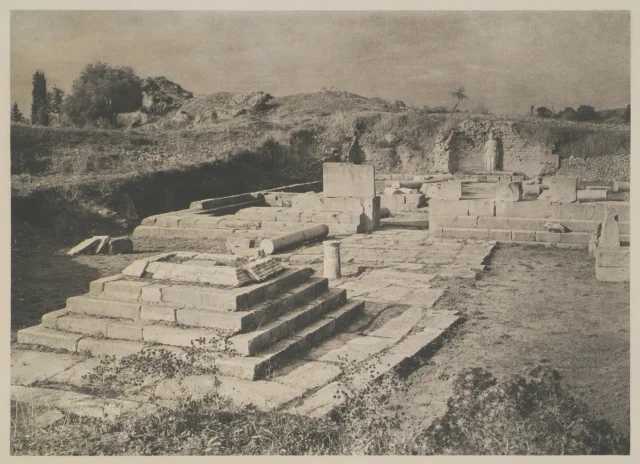

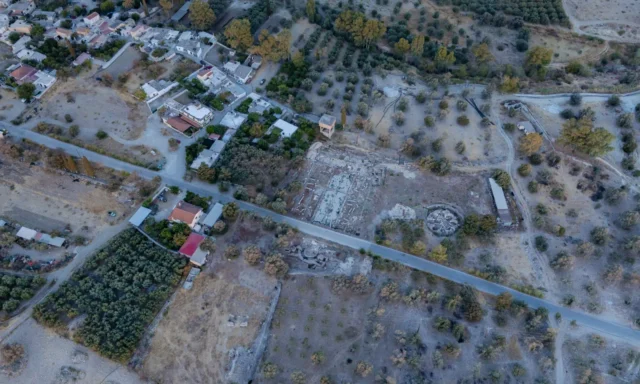
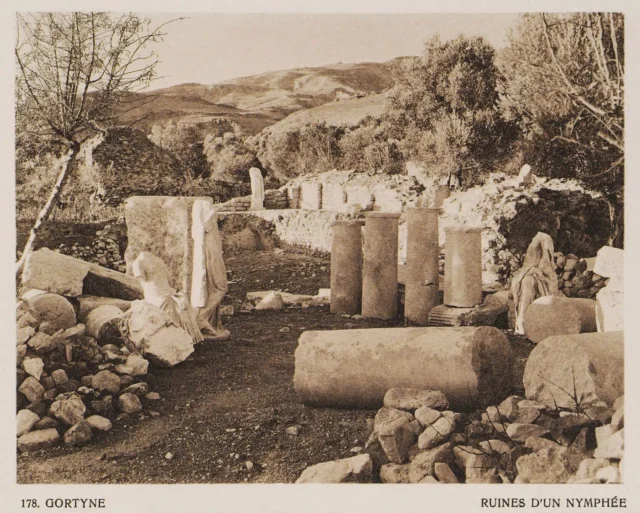
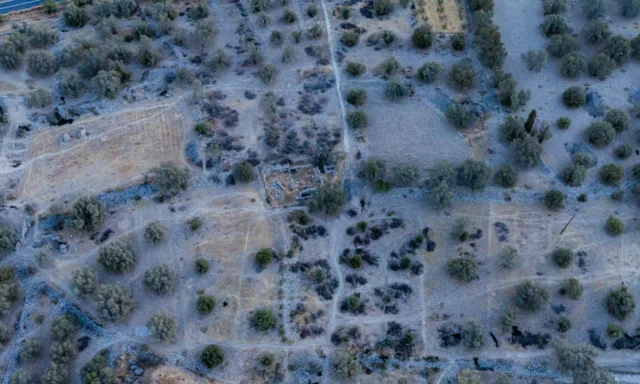

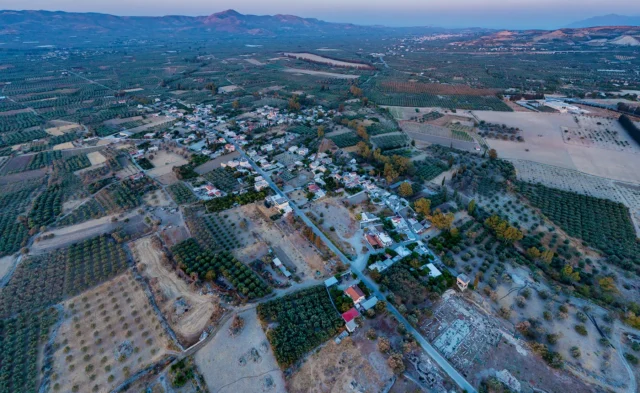
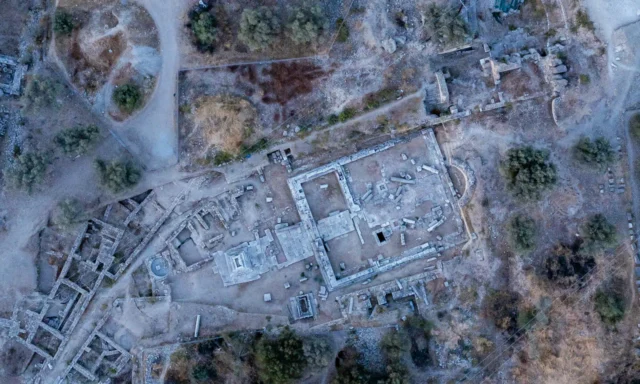
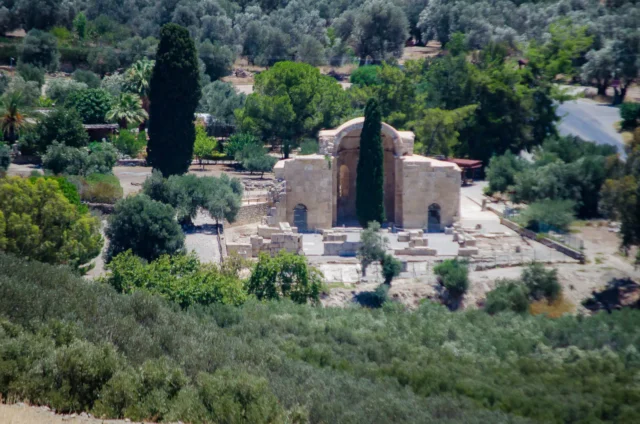
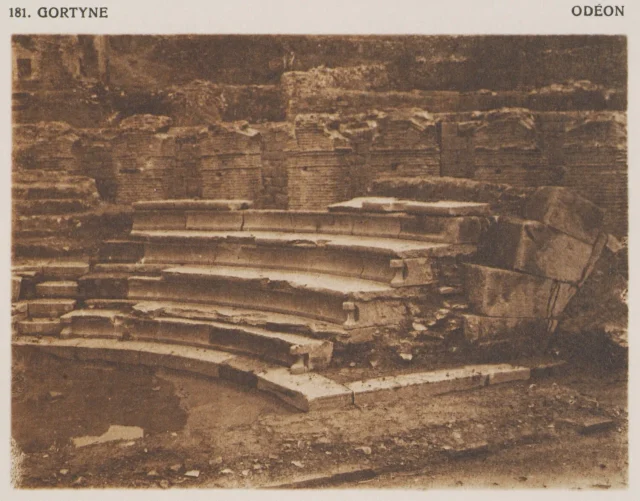
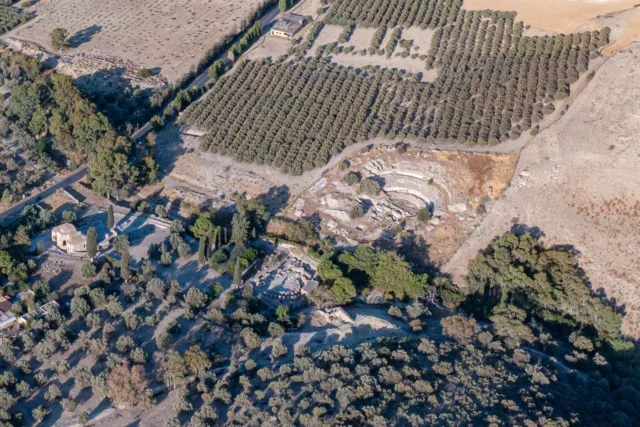
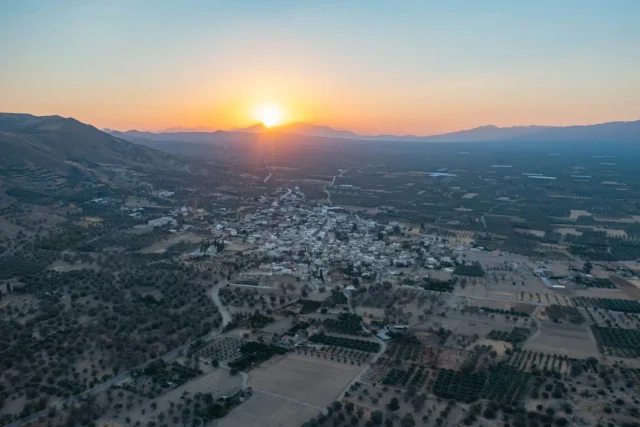

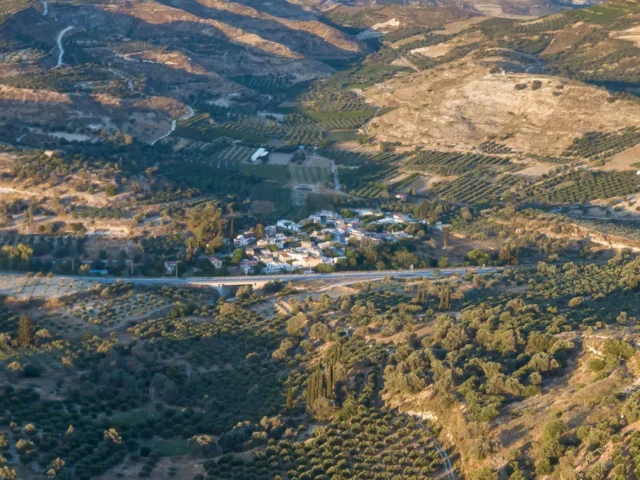
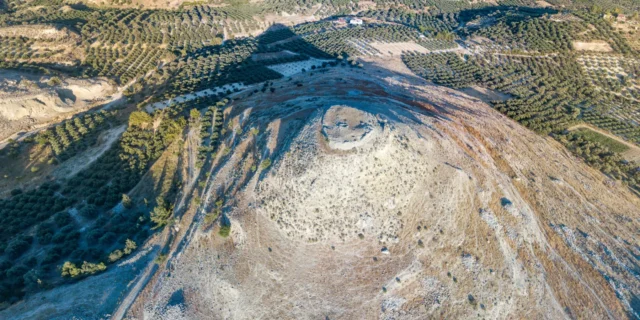
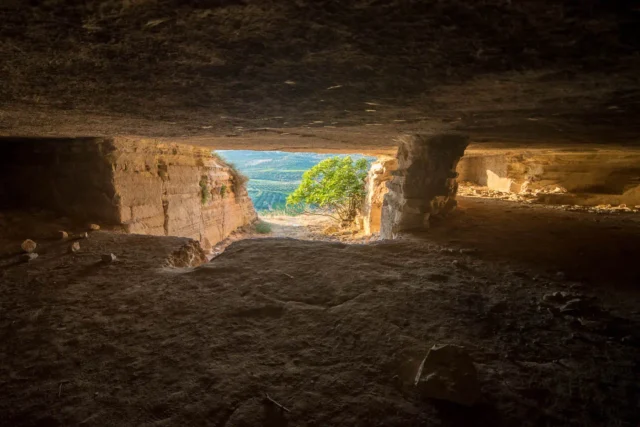

There are no comments yet.